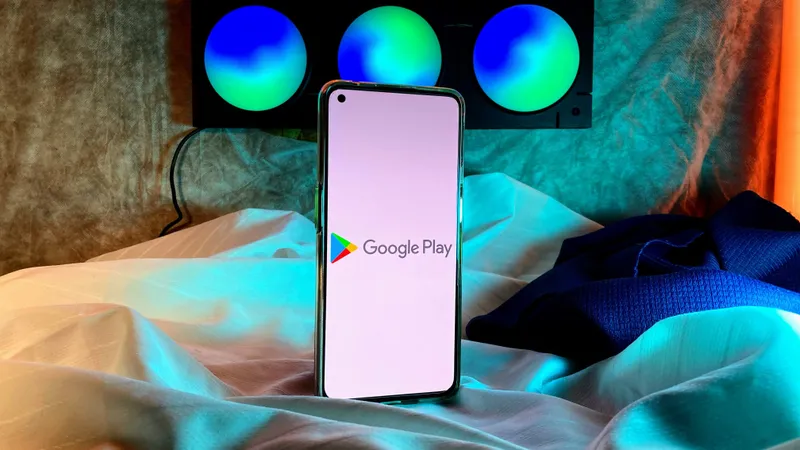Recap of Andor Season 2, Episodes 10–12: The Insurgency Expands Throughout the Galaxy
Title: Andor Season 2: A Daring, Unflinching Conclusion That Redefines Star Wars Narrative
Warning: This piece contains spoilers for Andor Season 2, currently available on Disney+.
With the wrap-up of its second and concluding season, Andor has solidified its status not only as an exceptional Star Wars series but as a milestone in contemporary television narratives. The three-part finale brings Diego Luna’s interpretation of Cassian Andor full circle, linking his earlier journey as a hesitant rebel to the selfless hero we encounter in 2016’s Rogue One. Yet, beyond its storytelling milestones, Andor’s concluding season has sparked fervent discussion, celebrated for its cinematic excellence and its disquieting political implications.
A Prequel to a Prequel — and Much More
Right from the beginning, Andor presented a distinctive concept. As a prequel to a prequel, the series aimed to delve into the formative years of Cassian Andor, a character first seen in Rogue One. Under the stewardship of showrunner Tony Gilroy, it transformed into something significantly more ambitious: a slow-burn political thriller, an exploration of character, and a stinging critique of authoritarianism—all wrapped in the aesthetics of a galaxy far, far away.
Season 2 resumes with Cassian increasing his commitment to the Rebellion, wading through a landscape filled with spies, saboteurs, and insurgents. The concluding episodes serve as a masterclass in building tension and delivering emotional resolutions. From the hauntingly quiet reunion with Bix in a field to Kleya’s explosive rise as a solitary insurgent, and the stirring return of Nemik’s manifesto, the show offers a finale that is as emotionally impactful as it is narratively rewarding.
The Impact of Subtlety and Silence
A highlight of the finale is a mute moment shared between Cassian and Bix. Through the absence of dialogue, the series communicates profound themes—trauma, resilience, and the sacrifices of rebellion. This scene exemplifies the series’ faith in its storytelling and its regard for the audience’s intellect.
Furthermore, Nemik’s manifesto serves as a thematic cornerstone throughout the season, reaching its peak in the finale. His proclamation—“even the smallest act of insurrection propels the Rebellion forward”—serves not only as a rallying cry for the characters but also as a poignant reminder to viewers about the significance of resistance, regardless of its scale.
A Reflection of Our Times
What truly distinguishes Andor from other works in the Star Wars legacy is its unflinching depiction of systemic oppression and the intricate moral dilemmas surrounding rebellion. The Empire in Andor is depicted not as a caricatured foe but as a chillingly bureaucratic apparatus of control and dehumanization. The show’s portrayal of fascism, surveillance, and the diminishing of civil liberties has resonated deeply with viewers, rendering the series an ideological Rorschach test.
Fan communities on platforms like Reddit and Facebook have transformed into arenas for political analysis. Some spectators perceive the Empire’s behavior as eerily reminiscent of current authoritarian movements, while others react strongly against what they interpret as explicit political commentary. This division is, ironically, a testament to the show’s effectiveness. Andor goes beyond mere entertainment—it provokes thought, challenges perspectives, and mirrors the apprehensions of contemporary society.
A Legacy of Urgency
Tony Gilroy’s vision for Andor never revolved around lightsabers or cosmic conflicts. It focused on individuals—flawed, fearful, yet brave—standing against formidable challenges. Characters like Luthen Rael (played with gravitas by Stellan Skarsgård) embody the complex morality of resistance. His now-famous monologue regarding sacrificing everything for a future he will never witness epitomizes the show’s readiness to confront the ramifications of revolution.
Ultimately, Andor transcends being simply a Star Wars narrative—it reflects our present reality. It’s about the decisions we confront in the face of tyranny, the costs of freedom, and the quiet bravery of those who refuse to turn a blind eye.
Conclusion: A Star Wars Story Unlike Any Other
Andor Season 2 has provided a finale that is both a fulfilling conclusion and a potent preamble to Rogue One. More importantly, it has elevated the Star Wars franchise into fresh thematic dimensions. With its rich character development, political nuance, and emotional resonance, Andor stands as one of the most significant—and timely—pieces of storytelling within the Star Wars cosmos.
As the credits conclude Cassian Andor’s saga, what lingers is not just the memory of a hero’s ascent, but a challenge to the audience: to recognize the real-life parallels in this fictional universe and to reflect on what resistance entails in our reality.
Read More











